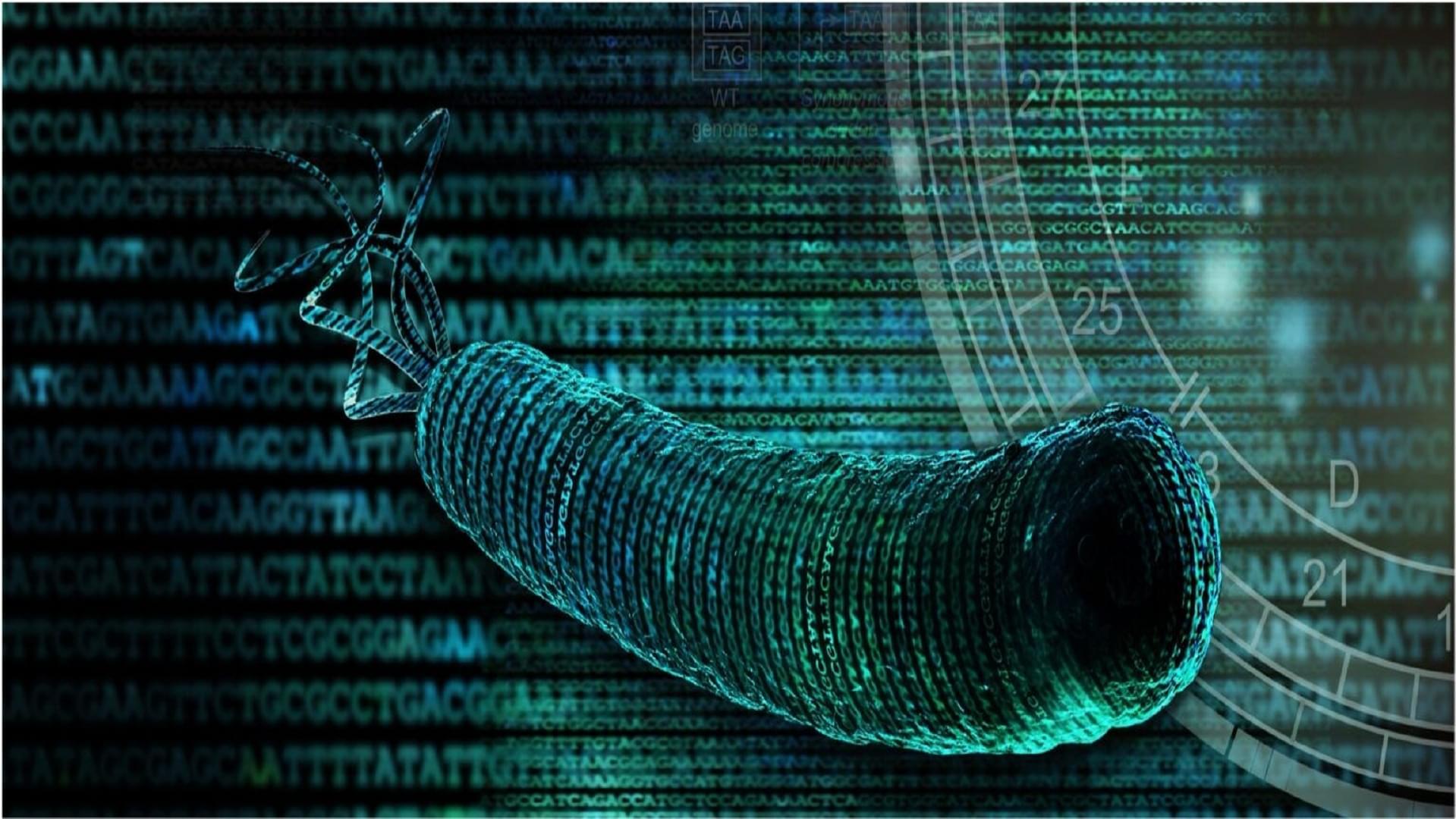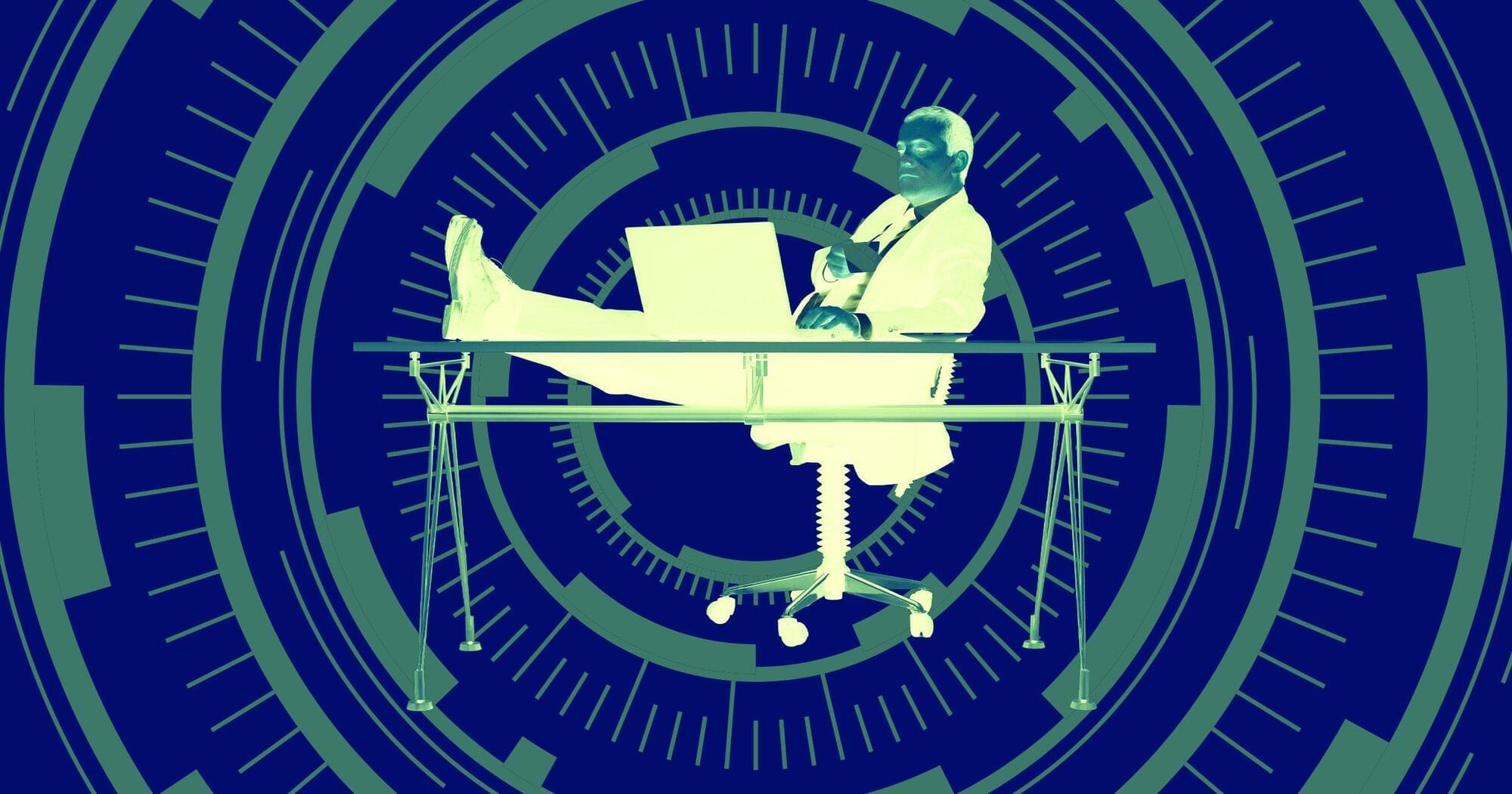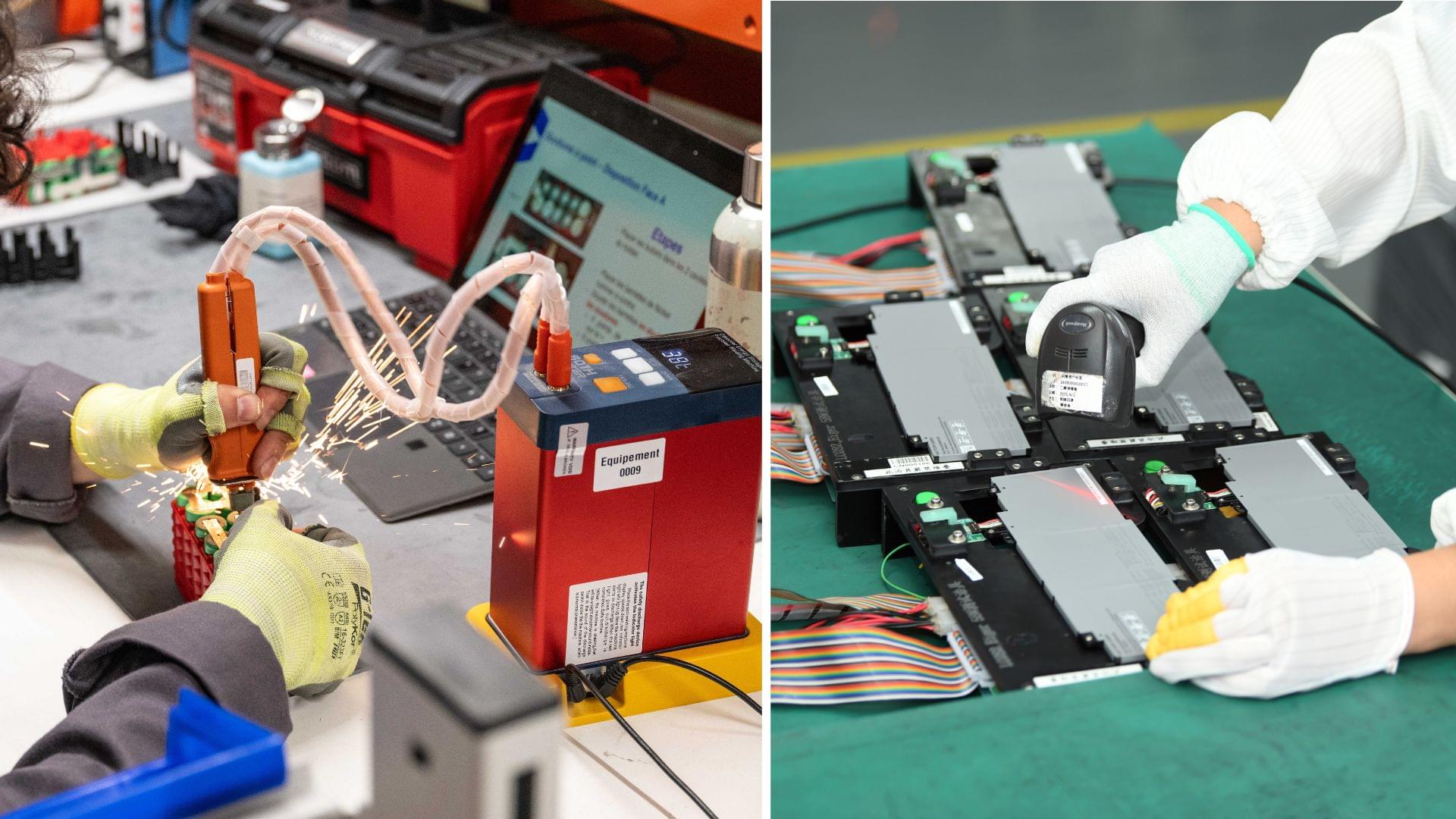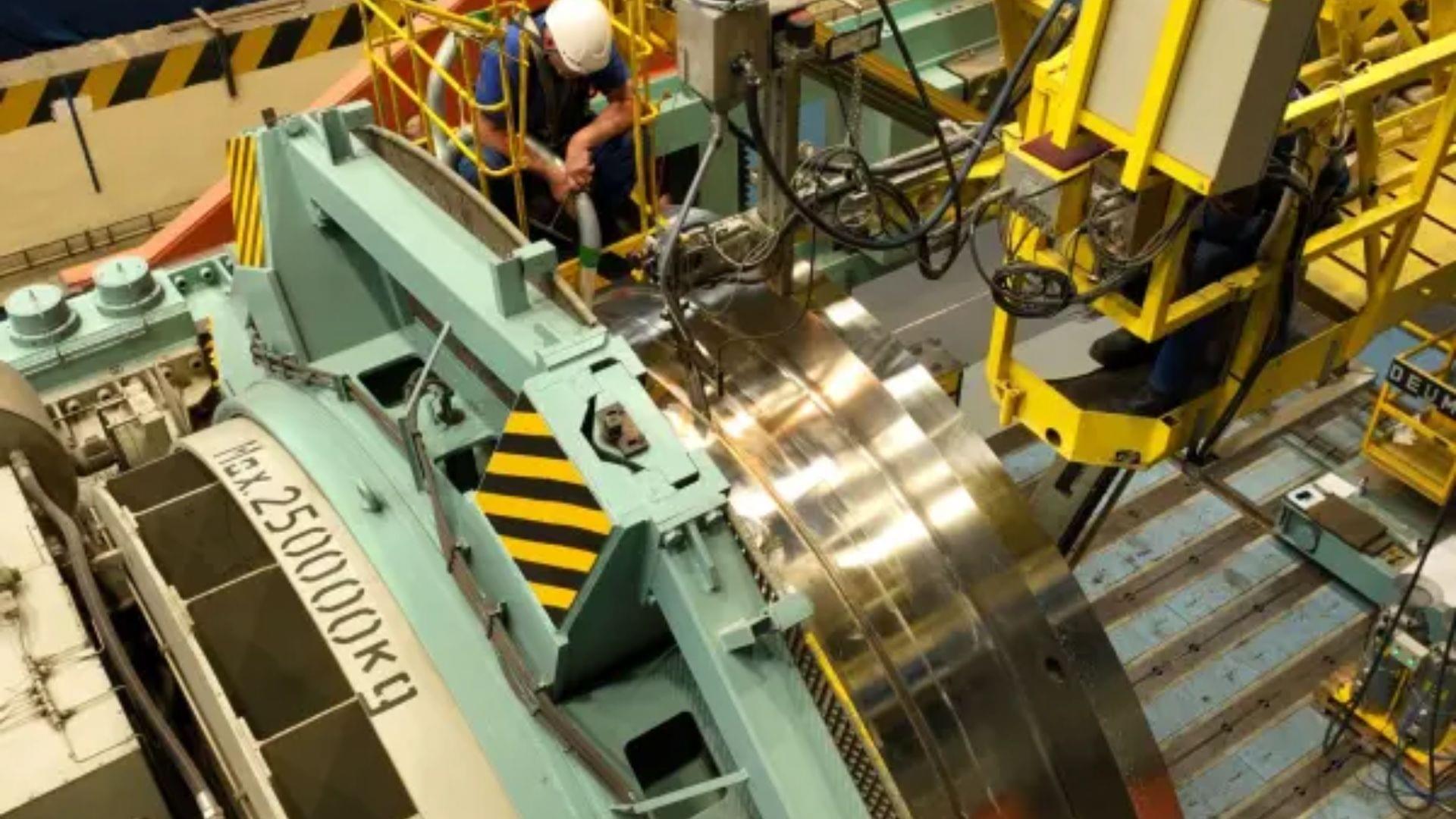Scientists cut E. coli’s genetic code from 64 to 57 codons—creating a powerful platform for synthetic biology breakthroughs.


I got a bit concerningly obsessed with birds for a few months. Follow Sarah and The Mouth! https://linktr.ee/inkydragonOlder bat vid: https://www.youtube.com/watch?si=FCUq2yvH6fuoS3Eg&v=hCQCP-5g5bo&feature=youtu.be

A team of researchers has created small swimmers that can harvest energy from their surroundings and convert it into movement. The discs, about twice as wide as a human hair, are amazingly partly made from dried food dye, according to a news release from New York University.
The fascinating project includes experts from Harvard, the University of Chicago, and elsewhere.
“The essential new principles we discovered — how to make microscopic objects swim on command using simple materials that undergo phase transitions when exposed to controllable energy sources — pave the way for applications that range from design of responsive fluids, controlled drug delivery, and new classes of sensors, to name a few,” lead researcher Juan de Pablo, from NYU, said in the summary.

Adding to the technological horror show is a troubling new system known as “WhoFi,” a high-tech apparatus that can track humans through Wi-Fi.
A team of researchers at the Sapienza University of Rome recently released a paper outlining a new system capable of detecting “biometric signatures” through distortions in Wi-Fi signals. Notably, the system can surveil humans regardless of lighting conditions, and can sense them through walls.
The researchers say that WhoFi can capture “rich biometric information,” identifying individual people with a 95.5 percent accuracy rate.

In a breakthrough that reimagines the way the gut and brain communicate, researchers have uncovered what they call a “neurobiotic sense,” a newly identified system that lets the brain respond in real time to signals from microbes living in our gut.
The new research, led by Duke University School of Medicine neuroscientists Diego Bohórquez, Ph.D., and M. Maya Kaelberer, Ph.D., published in Nature, centers on neuropods, tiny sensor cells lining the colon’s epithelium. These cells detect a common microbial protein and send rapid messages to the brain that help curb appetite.
But this is just the beginning. The team believes this neurobiotic sense may be a broader platform for understanding how the gut detects microbes, influencing everything from eating habits to mood—and even how the brain might shape the microbiome in return.

The existing treatment options include biological and targeted synthetic disease-modifying anti-rheumatic drugs, which some patients find hard to tolerate, and around 50 percent of patients discontinue their therapies within two years. SetPoint’s goal is to provide an alternative that can effectively manage autoimmune conditions without suppressing the immune system.
Its FDA approval follows a randomized, double-blind, sham-controlled study that followed 242 patients. It showed that the therapy was well-tolerated with a low level of serious adverse events related to it (1.7 percent). It also provides a long-term solution for patients living with this chronic disease.
“The approval of the SetPoint System highlights the potential of neuroimmune modulation as a novel approach for autoimmune disease, by harnessing the body’s neural pathways to combat inflammation,” said the study’s principal investigator, Dr Mark Richardson, Director of Functional Neurosurgery at Massachusetts General Hospital and Professor of Neurosciences at Harvard Medical School, in a statement. “After implantation during a minimally invasive outpatient procedure, the SetPoint device is programmed to automatically administer therapy on a predetermined schedule for up to 10 years, simplifying care for people living with RA.”

Lithium batteries get extended efficiency, life using electrolytes with boron additives.
Scientists from China have confirmed that electrolytes with boron additives can tackle the major challenges of lithium metal batteries.
Energy storage devices that use lithium metal as an anode have exhibited an energy density of over 500 Wh/kg. However, a research team from China’s Nankai University claimed that the practical application of lithium metal batteries (LMBs) is still severely limited by issues such as lithium dendrite formation, short cycle life, and low Coulombic efficiency of Li plating/stripping.
Chinese scientists develop self-cleaning glass that uses electric fields to remove dust.
The thin, transparent glass embedded with electric-field-driven electrodes can clean itself in seconds, erasing up to 98% of dust particles.

Video: China’s humanoid robots perform synced dance using motion capture AI.
PNDbotics debuts full-sized humanoid Adam and legged Adam-U at WAIC 2025, merging agility, AI training, and motion capture.